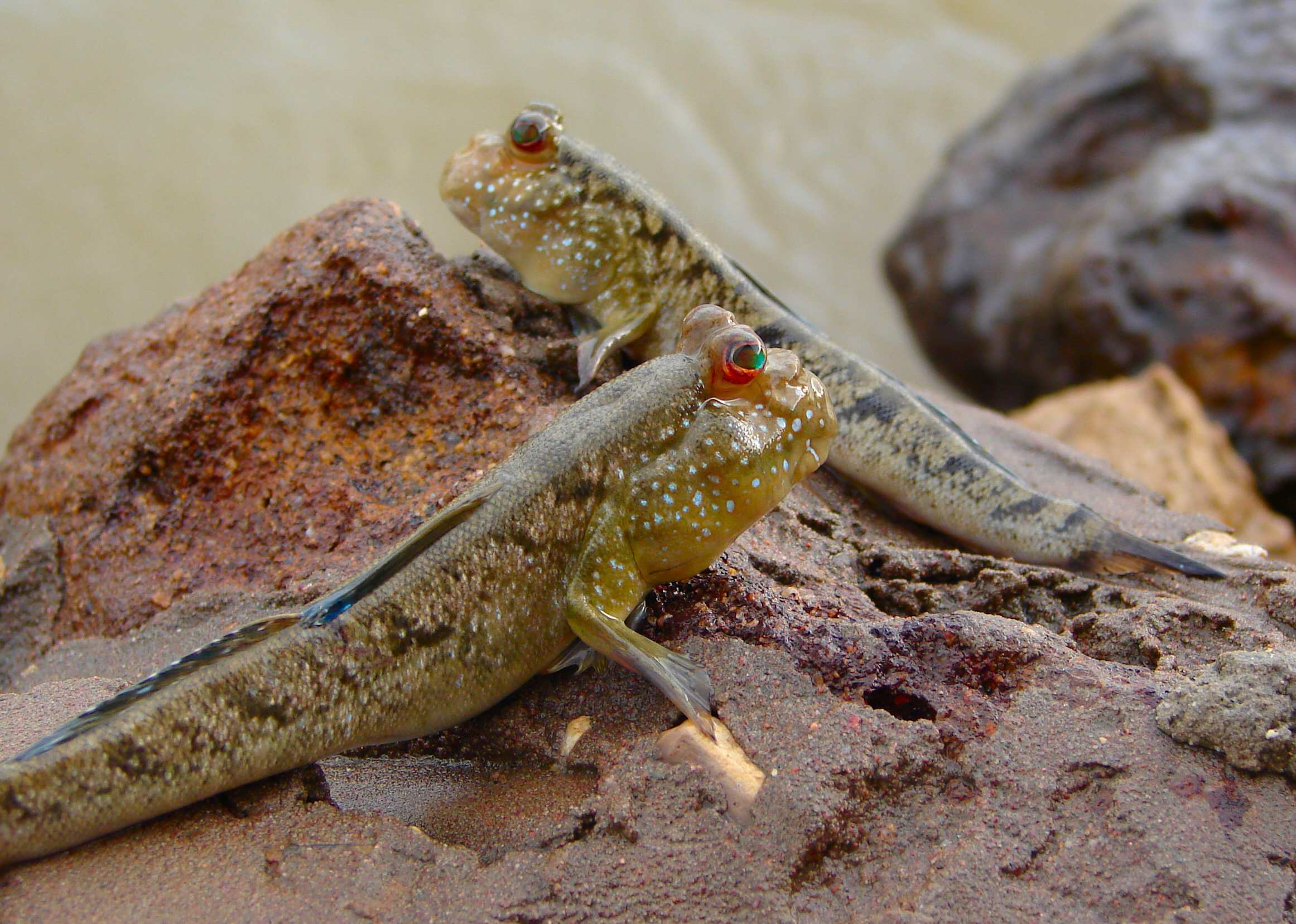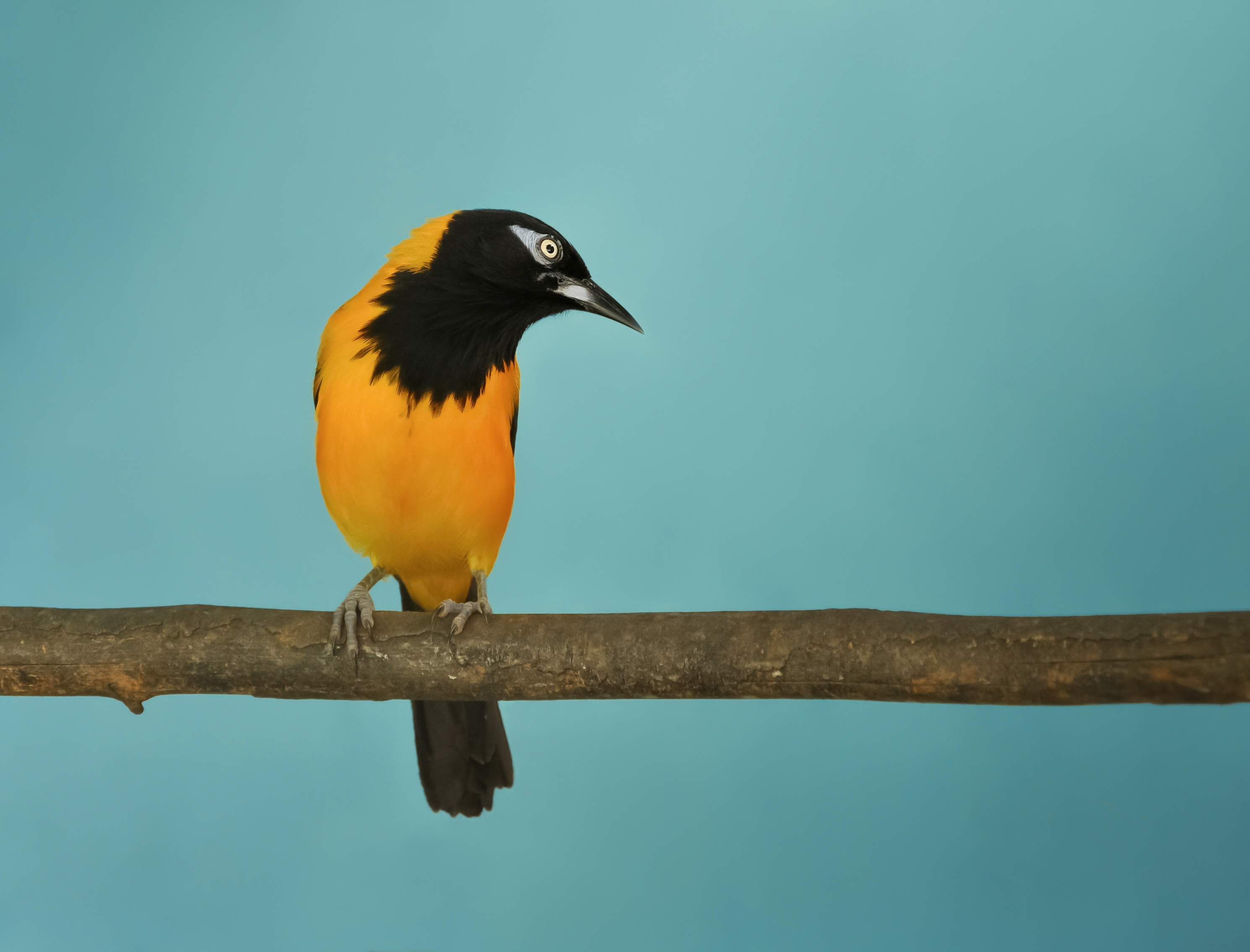|
Ichthyomys Pittieri
Pittier's crab-eating rat (''Ichthyomys pittieri'') is a species of semiaquatic rodent in the family Cricetidae. It is endemic to Venezuela. The natural habitats of this species are rivers and swamps. Its karyotype A karyotype is the general appearance of the complete set of metaphase chromosomes in the cells of a species or in an individual organism, mainly including their sizes, numbers, and shapes. Karyotyping is the process by which a karyotype is disce ... has 2n = 92 and FNa = 98. This was previously thought to be the highest chromosome number known for a mammal, but it has since been found that the plains viscacha rat or red viscacha rat ('' Tympanoctomys barrerae'') has 4x = 2n = 102. References Ichthyomys Mammals of Venezuela Mammals described in 1963 Taxonomy articles created by Polbot {{Sigmodontinae-stub ... [...More Info...] [...Related Items...] OR: [Wikipedia] [Google] [Baidu] |
Semiaquatic
In biology, semiaquatic can refer to various types of animals that spend part of their time in water, or plants that naturally grow partially submerged in water. Examples are given below. Semiaquatic animals Semi aquatic animals include: * Vertebrates ** Amphibious fish; also several types of normally fully aquatic fish such as the grunion and plainfin midshipman that spawn in the intertidal zone ** Some amphibians such as newts and salamanders, and some frogs such as fire-bellied toads and wood frogs. ** Some reptiles such as crocodilians, turtles, water snakes and marine iguanas. ** Penguins. ** Some rodents such as beavers, muskrats and capybaras. **Some insectivorous mammals such as desmans, water shrews and platypuses. ** Some carnivoran mammals, including seals, polar bears and otters. ** Hippopotamuses. * Semiterrestrial echinoderms of the intertidal zone, such as the "cliff-clinging" sea urchin '' Colobocentrotus atratus'' and the starfish ''Pisaster oc ... [...More Info...] [...Related Items...] OR: [Wikipedia] [Google] [Baidu] |
Ploidy
Ploidy () is the number of complete sets of chromosomes in a cell, and hence the number of possible alleles for autosomal and pseudoautosomal genes. Sets of chromosomes refer to the number of maternal and paternal chromosome copies, respectively, in each homologous chromosome pair, which chromosomes naturally exist as. Somatic cells, tissues, and individual organisms can be described according to the number of sets of chromosomes present (the "ploidy level"): monoploid (1 set), diploid (2 sets), triploid (3 sets), tetraploid (4 sets), pentaploid (5 sets), hexaploid (6 sets), heptaploid or septaploid (7 sets), etc. The generic term polyploid is often used to describe cells with three or more chromosome sets. Virtually all sexually reproducing organisms are made up of somatic cells that are diploid or greater, but ploidy level may vary widely between different organisms, between different tissues within the same organism, and at different stages in an organism's life cycle. Ha ... [...More Info...] [...Related Items...] OR: [Wikipedia] [Google] [Baidu] |
Mammals Of Venezuela
The fauna of Venezuela consists of a huge variety of animals. Venezuela's diverse wildlife includes manatees, Amazon river dolphins, and Orinoco crocodiles, which have been reported to reach up to in length. Some 23% of reptilian and 50% of amphibian species that inhabit the country are endemic to Venezuela. Overall, around 8,000 species (the world's 5th highest total) are endemic to the country. Venezuela hosts a total of 1,417 bird species, more than 351 mammals, 341 reptiles, 315 amphibians and more than 2,000 freshwater and marine fishes. Invertebrates groups have not been inventoried exhaustively, but among the well known groups there are around 900 species of marine molluscs, 1,600 butterflies, over 120 dung beetles species and 39 species of blowflies.Capelo, Juan C., Buitrago, Joaquín. 1998: Distribución geográfica de los moluscos marinos en el oriente de Venezuela. Memoria de la Sociedad de Ciencias Naturales La Salle, LXIII(150):109-160 Birds There are 1,416 b ... [...More Info...] [...Related Items...] OR: [Wikipedia] [Google] [Baidu] |
Ichthyomys
''Ichthyomys'' is a genus of semiaquatic Neotropical rodents in the family Cricetidae. It contains the following species: * Crab-eating rat (''Ichthyomys hydrobates'') * Pittier's crab-eating rat (''I. pittieri'') * Stolzmann's crab-eating rat (''I. stolzmanni'') * Tweedy's crab-eating rat (''I. tweedii'') Members of the genus tend to be nocturnal and live along fast-flowing streams, where they feed on freshwater invertebrates such as crabs Crabs are decapod crustaceans of the infraorder Brachyura, which typically have a very short projecting " tail" ( abdomen) ( el, βραχύς , translit=brachys = short, / = tail), usually hidden entirely under the thorax. They live in al .... References Rodent genera Taxa named by Oldfield Thomas Taxonomy articles created by Polbot {{Sigmodontinae-stub ... [...More Info...] [...Related Items...] OR: [Wikipedia] [Google] [Baidu] |
Tympanoctomys Barrerae
The plains viscacha rat, plains vizcacha rat, red viscacha rat, or red vizcacha rat (''Tympanoctomys barrerae'') is a species of rodent in the family Octodontidae native to Argentina. It is one of three species in the genus ''Tympanoctomys''. Description The plains viscacha rat is a moderately-sized rat, with a large head, long tail, and short ears. Adults measure about in total length, with a tail, and weigh an average of , with males being slightly larger than females. The rat has buff-yellow fur with white underparts, fading to dark brown at the tip of the tail. Distribution and habitat The plains viscacha rat is endemic to central western Argentina, where it has a fragmented range in Mendoza Province and western La Pampa. Its natural habitat is desert scrubland, dunes and salt flats, between . There are no recognised subspecies. The species is threatened by destruction of its fragmented and restricted habitat. Biology and behaviour Plains viscacha rats are solitary, and ... [...More Info...] [...Related Items...] OR: [Wikipedia] [Google] [Baidu] |
Plains Viscacha Rat
The plains viscacha rat, plains vizcacha rat, red viscacha rat, or red vizcacha rat (''Tympanoctomys barrerae'') is a species of rodent in the family Octodontidae native to Argentina. It is one of three species in the genus '' Tympanoctomys''. Description The plains viscacha rat is a moderately-sized rat, with a large head, long tail, and short ears. Adults measure about in total length, with a tail, and weigh an average of , with males being slightly larger than females. The rat has buff-yellow fur with white underparts, fading to dark brown at the tip of the tail. Distribution and habitat The plains viscacha rat is endemic to central western Argentina, where it has a fragmented range in Mendoza Province and western La Pampa. Its natural habitat is desert scrubland, dunes and salt flats, between . There are no recognised subspecies. The species is threatened by destruction of its fragmented and restricted habitat. Biology and behaviour Plains viscacha rats are solitary, ... [...More Info...] [...Related Items...] OR: [Wikipedia] [Google] [Baidu] |
Karyotype
A karyotype is the general appearance of the complete set of metaphase chromosomes in the cells of a species or in an individual organism, mainly including their sizes, numbers, and shapes. Karyotyping is the process by which a karyotype is discerned by determining the chromosome complement of an individual, including the number of chromosomes and any abnormalities. A karyogram or idiogram is a graphical depiction of a karyotype, wherein chromosomes are organized in pairs, ordered by size and position of centromere for chromosomes of the same size. Karyotyping generally combines light microscopy and photography, and results in a photomicrographic (or simply micrographic) karyogram. In contrast, a schematic karyogram is a designed graphic representation of a karyotype. In schematic karyograms, just one of the sister chromatids of each chromosome is generally shown for brevity, and in reality they are generally so close together that they look as one on photomicrographs as well u ... [...More Info...] [...Related Items...] OR: [Wikipedia] [Google] [Baidu] |
Rodent
Rodents (from Latin , 'to gnaw') are mammals of the Order (biology), order Rodentia (), which are characterized by a single pair of continuously growing incisors in each of the upper and lower jaws. About 40% of all mammal species are rodents. They are native to all major land masses except for New Zealand, Antarctica, and several oceanic islands, though they have subsequently been introduced to most of these land masses by human activity. Rodents are extremely diverse in their ecology and lifestyles and can be found in almost every terrestrial habitat, including human-made environments. Species can be arboreal, fossorial (burrowing), saltatorial/richochetal (leaping on their hind legs), or semiaquatic. However, all rodents share several morphological features, including having only a single upper and lower pair of ever-growing incisors. Well-known rodents include Mouse, mice, rats, squirrels, prairie dogs, porcupines, beavers, guinea pigs, and hamsters. Rabbits, hares, and ... [...More Info...] [...Related Items...] OR: [Wikipedia] [Google] [Baidu] |
Swamp
A swamp is a forested wetland.Keddy, P.A. 2010. Wetland Ecology: Principles and Conservation (2nd edition). Cambridge University Press, Cambridge, UK. 497 p. Swamps are considered to be transition zones because both land and water play a role in creating this environment. Swamps vary in size and are located all around the world. The water of a swamp may be fresh water, brackish water, or seawater. Freshwater swamps form along large rivers or lakes where they are critically dependent upon rainwater and seasonal flooding to maintain natural water level fluctuations.Hughes, F.M.R. (ed.). 2003. The Flooded Forest: Guidance for policy makers and river managers in Europe on the restoration of floodplain forests. FLOBAR2, Department of Geography, University of Cambridge, Cambridge, UK. 96 p. Saltwater swamps are found along tropical and subtropical coastlines. Some swamps have hammocks, or dry-land protrusions, covered by aquatic vegetation, or vegetation that tolerates periodic inundatio ... [...More Info...] [...Related Items...] OR: [Wikipedia] [Google] [Baidu] |
River
A river is a natural flowing watercourse, usually freshwater Fresh water or freshwater is any naturally occurring liquid or frozen water containing low concentrations of dissolved salts and other total dissolved solids. Although the term specifically excludes seawater and brackish water, it does include ..., flowing towards an ocean, sea, lake or another river. In some cases, a river flows into the ground and becomes dry at the end of its course without reaching another body of water. Small rivers can be referred to using names such as Stream#Creek, creek, Stream#Brook, brook, rivulet, and rill. There are no official definitions for the generic term river as applied to Geographical feature, geographic features, although in some countries or communities a stream is defined by its size. Many names for small rivers are specific to geographic location; examples are "run" in some parts of the United States, "Burn (landform), burn" in Scotland and northeast England, and "be ... [...More Info...] [...Related Items...] OR: [Wikipedia] [Google] [Baidu] |


.jpg)



